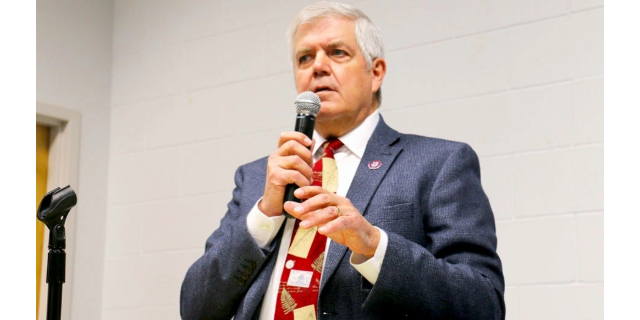Science Findings: What conditions are “just right” for coho salmon migration and spawning?
Published 11:07 am Wednesday, December 14, 2022

- Coho salmon in Eagle Creek, a tributary of the Columbia River, during the fall of 2009.
When the fall rains begin, the water volume in coastal streams in the Pacific Northwest increases, allowing coho salmon (Oncorhynchus kisutch) to move upstream and spawn. The common wisdom for many years has been that this increase in stream discharge is the main trigger that signals it’s time for coho to begin their migration, build their redds (nests), and lay eggs, setting the stage for the next generation.
But recent research by Rebecca Flitcroft with the USDA Forest Service Pacific Northwest Research Station shows that water volume is only half the equation. Coho salmon also need the water to be within a specific temperature range to move efficiently upstream. Like Goldilocks, they need water that’s not too warm and not too cold, and they’re happy to wait downstream until those conditions are met.
Flitcroft and her research team studied spawning sites in a subbasin of Oregon’s Umpqua River to observe the combination of river discharge and temperature that prompted coho salmon to build their redds. They also compiled migration data from Winchester Dam on the Umpqua’s main channel. They found that temperature—not river discharge—was the primary driver for coho salmon migrating through the main channel. A combination of temperature and discharge accounted for actual spawning activity.
The findings are of particular importance as climate change is expected to alter seasonal patterns in both temperature and river discharge in the coming years.
To read the whole report, click here.
Science Findings is a publication of the U.S. Department of Agriculture and U.S. Forest Service. Find Pacific Northwest articles at www.fs.usda.gov/pnw.





